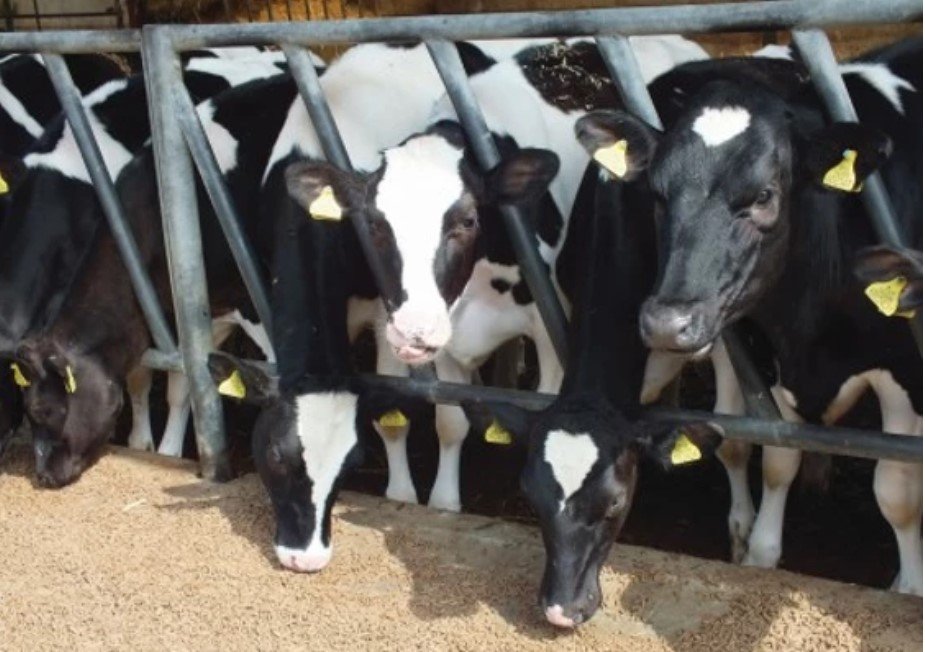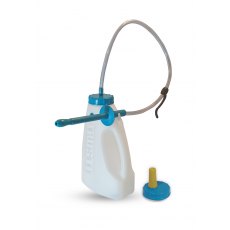Measure and monitor to meet heifer-rearing targets
Article originally published in Cow Management
Successful heifer rearing should focus on more than just the end goal of calving at 24 months old. We spoke to a leading dairy vet to find out why measuring and meeting short-term targets are just as important.
TEXT IAN ROPER
If you don’t measure it, you can’t manage it. That applies to any aspect of dairying and, according to Westpoint Vet Group’s Tim Potter, it’s particularly relevant when rearing heifer replacements.

“To really understand how well a system is performing requires data and information, to carry out effective benchmarking,” he says. “This information can then be used to identify areas of potential improvement, or simply to check if performance is on target to meet specific goals.”
When rearing dairy replacements, the first goal most producers think of is age at first calving. The target of 24 months old is the industry standard and research has shown that, for optimum health and welfare, and performance, heifers need to calve for the first time at between 23 and 25 months old. “Heifers calving at this age outperform later calvers during their first five years of life,” says Dr Potter. “They have better fertility and produce more milk, which is associated with both more lactations per unit of time and a higher survival rate. Better survival rates means they remain in the herd for longer. And improved fertility and survival also reduces the involuntary culling rate.”
Dr Potter adds that, although the age-at-first-calving target is important, 24 months is a long time: “So it is essential to monitor heifers throughout their growing period so any timely interventions can be made, as and when required, to keep them on track. Failure to measure and monitor heifer growth rates can result in a significant increase in age at first calving – without the opportunity to do anything about it.”
Sufficient colostrum
He says good heifer rearing starts with colostrum. UK research suggests that more than 50% of calves born do not receive sufficient colostrum and that frequently even those that have been seen to nurse by themselves will not receive enough.
“A simple blood test will show if calves are receiving sufficient colostrum – both in terms of quality and quantity – within the first 24 hours of life. Many producers now use this test to regularly monitor calves to detect issues with poor passive transfer, which allows them to improve colostrum-feeding protocols accordingly.” When rearing calves, daily live weight gain (DLWG) is one of the most important indicators of performance and getting this right is essential for long-term success and business profitability.
For heifers to calve at 24 months old, it is vital they achieve growth rates of between 0.7kg and 0.8kg/day across the whole rearing phase and are at between, at least, 55% and 60% of their adult body weight when they are served.
Gold standard
Problems with growth rates, associated with either disease challenges or poor nutrition, need to be identified quickly in order to rectify them and keep heifers on track. This can only happen if some form of monitoring for DLWG is in place.
“The gold standard in growth monitoring is to weigh heifers, but weigh tapes or measuring heifer height can be used as an alternative. The key is for producers to devise a programme of heifer-growth monitoring that best suits their system,” says Dr Potter. “Weighing can be timed to coincide with other routine procedures, such as worming and vaccination, and measuring just a few times through the rearing phase will provide enough information to ensure they are on target.”
He adds that the herd’s vet or nutritionist will be able to offer advice on the weights/sizes producers should be aiming for at different stages. “This will be specific to your farm and dependent of the breed and confirmation of your stock. But the aim should be to have heifers reaching between 55% and 60% of their mature body weight at 13 months old, when producers should begin serving.
Conception rates
“And remember, heifers will have conception rates of between 40% and 70%, so delaying serving until they are 15 months old will immediately drive age at first calving upwards.”
As well as monitoring growth, producers should also ensure they’re aware of any disease issues on their units. “Keep a record of any cases of disease along with any losses. And, again, speak to your vet and set benchmarks for the number of times common conditions, such as pneumonia and scour, have to be treated. This offers valuable insight into the diseases impacting young stock on your unit.”
Dr Potter reminds producers to also consider the impact of parasites. “Growth rates can be significantly reduced by high worm burdens, so it is important to understand the potential parasite challenges heifers may be facing and to plan accordingly.”
He stresses that, in order to achieve the goal of an age at first calving of 24 months old, producers should not leave it to chance. “Take control. Monitor heifers throughout the rearing period by measuring the success of colostrum feeding, setting targets for growth rates, and recording and assessing the incidence of disease. All will allow producers to rapidly identify emerging problems and take steps to minimise their impact.”
- 1st December 2021


